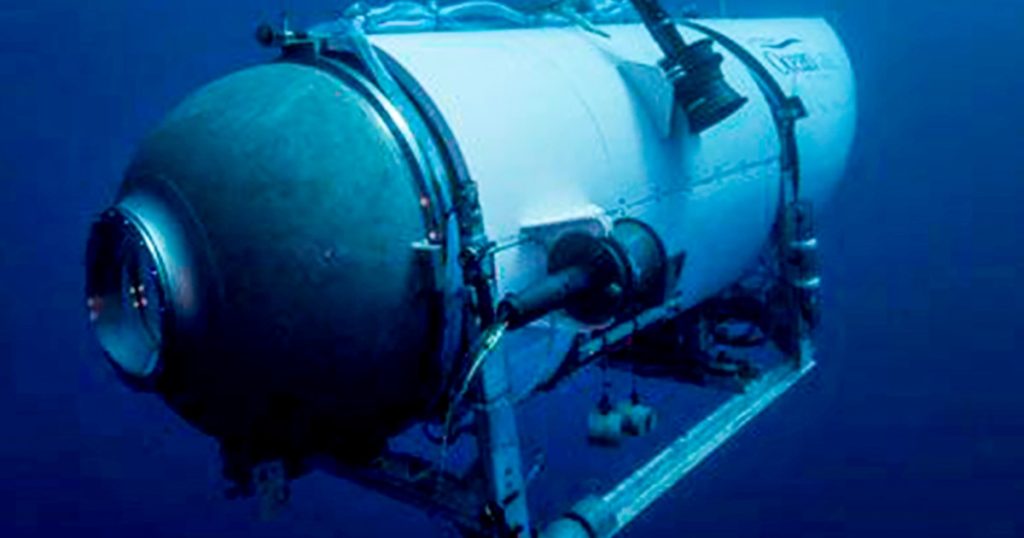The Titan submersible, departing from Canada’s coast, imploded in the North Atlantic Ocean while searching for the Titanic wreck site, resulting in the tragic death of all five passengers on board, including OceanGate CEO Stockton Rush. The incident has sparked a two-week U.S. Coast Guard investigatory hearing in North Charleston, South Carolina, which aims to determine the cause of the failure and provide safety recommendations to prevent such losses in the future. Among the key aspects to be examined during the hearing are pre-accident historical events, regulatory compliance, crew qualifications, mechanical systems, emergency response, and the submersible industry as a whole. Witnesses, including engineers and executives from OceanGate, are expected to testify, shedding light on potential negligence or misconduct that may have contributed to the implosion.
OceanGate, the company that developed and operated the Titan submersible, has faced scrutiny following the disaster, as experts questioned potential cost-cutting measures that may have compromised the vessel’s safety. The Titan was constructed with experimental materials like carbon fiber, which had not been adequately pressure-tested at extreme depths, leading to concerns about structural integrity. The vessel’s design, which prioritized passenger capacity over safety features like a spherical hull, has also been criticized as a possible factor in the implosion. OceanGate has since halted all exploration and commercial operations, acknowledging the tragic consequences of the Titan’s catastrophic failure.
The Titan’s doomed voyage to the Titanic wreckage site ended tragically when the submersible lost contact with its support ship, the Polar Prince, two hours into its descent. Despite extensive search efforts, debris from the Titan was discovered four days later, indicating that the passengers likely perished instantaneously due to the immense water pressure at the depths they were exploring. The victims, including French explorer Paul-Henri Nargeolet and British tycoon Hamish Harding, had paid a significant sum for the opportunity to view the Titanic wreck, highlighting the risks associated with high-stakes deep-sea exploration.
Allegations of negligence and recklessness have emerged in the aftermath of the Titan’s implosion, with former employees raising concerns about safety violations and inadequate testing of the submersible’s components. A wrongful death lawsuit filed by Nargeolet’s estate against OceanGate and other involved parties seeks $50 million in damages, alleging persistent carelessness and negligence that contributed to the tragedy. The Coast Guard’s investigation, one of the most complex due to the extreme depths at which the incident occurred, aims to uncover the full extent of any wrongdoing and provide closure for the families of the victims. Testimony from key witnesses, including former OceanGate employees, is expected to shed light on the circumstances leading to the Titan’s implosion.
The Marine Board of Investigation chairman emphasized the importance of ensuring that the submersible industry adheres to best practices in design and safety to prevent future tragedies like the Titan implosion. While innovations in deep-sea exploration are essential for scientific progress, regulatory oversight and adherence to safety standards must be prioritized to protect passengers and crew. The investigation into the Titan’s incident serves as a crucial opportunity to learn from the mistakes that led to the tragic loss of life and implement measures to prevent similar accidents in the future. Ultimately, the goal is to support innovators who push the boundaries of exploration while safeguarding against the potential risks of high-stakes deep-sea ventures.













